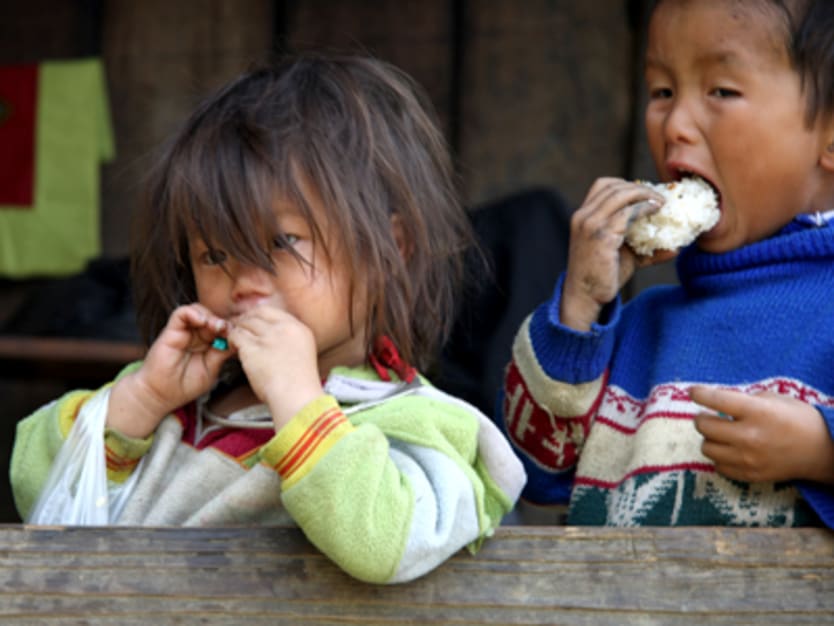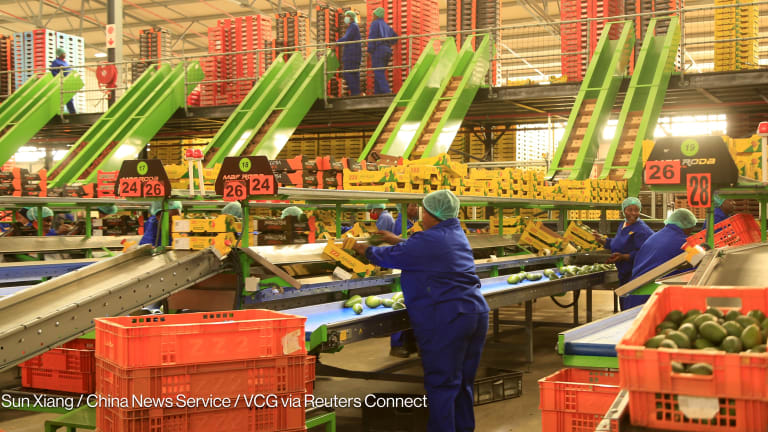
The Obama administration’s new global hunger and food security initiative will focus on helping a select number of partner countries implement country-owned development plans for agriculture-led growth and improved nutrition, according to the initiative’s strategic and implementation guide published by the U.S. Agency for International Development.
The Feed the Future guide indentifies two key objectives, namely accelerating inclusive agriculture-led growth and improving nutritional status in partner countries. The two are set towards achieving the initiative’s overarching goal of sustainably reducing global hunger and poverty by addressing the root causes of the problem through proven strategies with large-scale and lasting impact.
Two phases of implementation
All investments made under the global initiative will be carried out in two phases. Phase I will focus on foundational investments, including technical, financial and political support to help a partner country develop its Country Investment Plan. It will also include core investments that specifically targets Feed the Future’s two key objectives. Phase II investments will expand on core investments made during the first phase of the initiatives.
Progression of a country from Phase I to Phase II will be determined using a set of criteria that includes a multi-stakeholder review of the technical quality of its Country Implementation Plan, evidence of consultation and coordination with key stakeholders and commitment to follow through with its own financial and policy commitments.
Countries that will move to Phase II can expect investments on new projects or initiatives to scale up existing ones.
Potential core investments
Among the investments under the first objective, on inclusive agriculture sector growth, are investments to:
- Improve agriculture productivity, which includes increasing access to affordable agricultural inputs, supporting national research institutes and funding applied research, providing agriculture-related education, and strengthening property rights to land.
- Expand markets and trade, with a focus on agribusinesses development, rehabilitation of storage facilities and farm-to-market infrastructure, and improving farmers’ access to business development and financial services.
- Increase economic resilience of vulnerable rural communities, including the creation of the Community Development Fund to invest in community-based interventions.
Investments that will be considered under the improved nutritional status objective will focus on:
- Preventing undernutrition through community-based programs.
- Improving diet quality and diversity.
- Improving delivery of nutrition services by health systems linked to community based programs.
Focus countries
Feed the Future will focus on countries where the Rome Principles can be best realized, the USAID guide says. Shortlisted are 12 African countries (Ethiopia, Ghana, Kenya, Liberia, Mali, Malawi, Mozambique, Rwanda, Senegal, Tanzania, Uganda and Zambia), four Asian countries (Bangladesh, Cambodia, Tajikistan and Nepal) and four countries in Latin America or the Caribbean (Haiti, Honduras, Nicaragua and Guatemala).
Five factors will be used in selecting the final focus countries that Feed the Future will support. These are level of need, opportunity for partnership, potential for agricultural-led growth, opportunity for regional development, and resource availability.
Global Hunger and Food Security Coordinator
A global hunger and food security coordinator will lead the U.S. government’s food security activities. The coordinator will have two deputies, one each for development and diplomacy. The deputies are responsible for coordinating all activities of relevant U.S. government agencies to make sure these are consulted and engaged in the implementation of Feed the Future.
William Garvelink will serve as coordinator of the initiative. His deputies are not yet named.
On the focus country level, U.S. ambassadors will appoint a Feed the Future coordinator to lead the local implementation of the initiative.
Focus on Women
Feed the Future highlights the fundamental role of women, who the guide document says produce up to 80 percent of the food in developing countries. Recognizing the fundamental role of women in achieving food security, Feed the Future will include the promotion of gender-sensitive consultations and integrate gender concerns in all its investments.
Complementary Investments
Part of the funds disbursed through Feed the Future will be allocated to investments for regional development programs, strategic partnerships and global research and innovation. Feed the Future will also contribute to multilateral institutions and the newly-formed Global Agriculture and Food Security Program managed by the World Bank.








